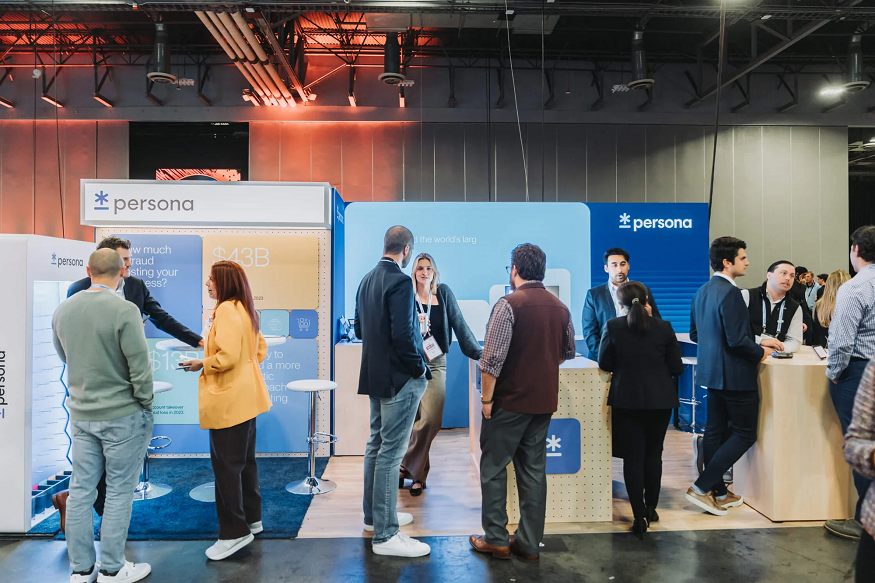Creating an impactful exhibit requires more than just assembling materials and graphics. Effective exhibit fabrication and design blend creativity, strategy, and technical expertise to deliver memorable experiences. Whether for trade shows, museums, or corporate events, following best practices ensures your exhibit stands out, engages visitors, and achieves your project goals.
1. Begin with Clear Objectives
A successful exhibit starts with clearly defined goals:
- Identify Your Audience: Understand who will visit your exhibit and what will capture their attention.
- Set Measurable Goals: Determine what you want to achieve—brand awareness, lead generation, product education, or visitor engagement.
- Define Key Messages: Ensure all elements of the exhibit communicate a consistent and compelling story.
Clear objectives guide every decision in the design and fabrication process.
2. Prioritize Design and Visual Impact
Design is critical in grabbing attention and creating a lasting impression:
- Simplicity and Clarity: Avoid clutter; focus on key visuals and messages.
- Brand Consistency: Incorporate logos, colors, and brand elements to reinforce identity.
- Flow and Layout: Plan visitor pathways for a smooth, intuitive experience.
- High-Quality Graphics: Use sharp, vibrant graphics for maximum impact.
A well-designed exhibit attracts visitors and encourages them to explore further.
3. Choose the Right Materials
Selecting appropriate materials affects durability, appearance, and cost:
- Structural Materials: Wood, metal, or aluminum frames provide stability.
- Display Materials: Acrylic, glass, and fabric offer versatility and aesthetic appeal.
- Sustainability: Consider recyclable or reusable materials to minimize environmental impact.
The right material choice ensures the exhibit is both functional and visually appealing.
4. Integrate Technology Thoughtfully
Interactive and digital elements enhance visitor engagement:
- Touchscreens and Kiosks: Allow visitors to explore information at their own pace.
- AR/VR Experiences: Create immersive storytelling that captivates audiences.
- Lighting and Sensors: Highlight key features and guide visitor attention.
Technology should complement the design, not overwhelm it, providing seamless and meaningful interactions.
5. Focus on Fabrication Quality
High-quality fabrication ensures that the exhibit is durable and professional:
- Precision Craftsmanship: Accurate cuts, joints, and assembly contribute to structural integrity.
- Finishing Techniques: Painting, laminating, or vinyl wrapping enhances aesthetics and protects surfaces.
- Attention to Detail: Small elements like signage, labels, and display alignment make a big difference.
Quality fabrication reflects positively on your brand and enhances the overall visitor experience.
6. Plan for Modular and Flexible Solutions
Exhibits often need to be reused or adapted for different venues:
- Modular Components: Enable easy assembly, disassembly, and transport.
- Customizable Sections: Allow for changes in graphics, displays, or interactive elements.
- Space Optimization: Design flexible layouts to fit different exhibition spaces efficiently.
Flexibility reduces costs and maximizes the long-term value of your exhibit.
7. Implement Project Management Best Practices
Smooth execution is key to meeting deadlines and staying within budget:
- Dedicated Project Manager: A single point of contact ensures coordination across teams.
- Timeline and Milestones: Track progress from design to installation.
- Regular Communication: Keep stakeholders informed and involved in decision-making.
- On-Site Adjustments: Prepare for last-minute modifications to accommodate space or technical requirements.
Effective project management prevents delays and ensures a seamless installation.
8. Test and Refine Before Launch
Testing helps identify potential issues and improve visitor experience:
- Prototype Testing: Build scale models or mockups to assess design and functionality.
- Technology Checks: Ensure screens, sensors, and interactive elements work flawlessly.
- User Experience Evaluation: Gather feedback to refine pathways, signage, or engagement elements.
Pre-launch testing increases confidence and ensures the exhibit performs as intended.
Conclusion
Effective exhibit fabrication and design combine strategic planning, innovative design, quality materials, and technology integration. By following these best practices—from defining objectives to testing prototypes—you can create exhibits that are visually striking, engaging, and memorable. The result is a powerful experience that not only attracts visitors but also reinforces your brand and achieves your project goals.




